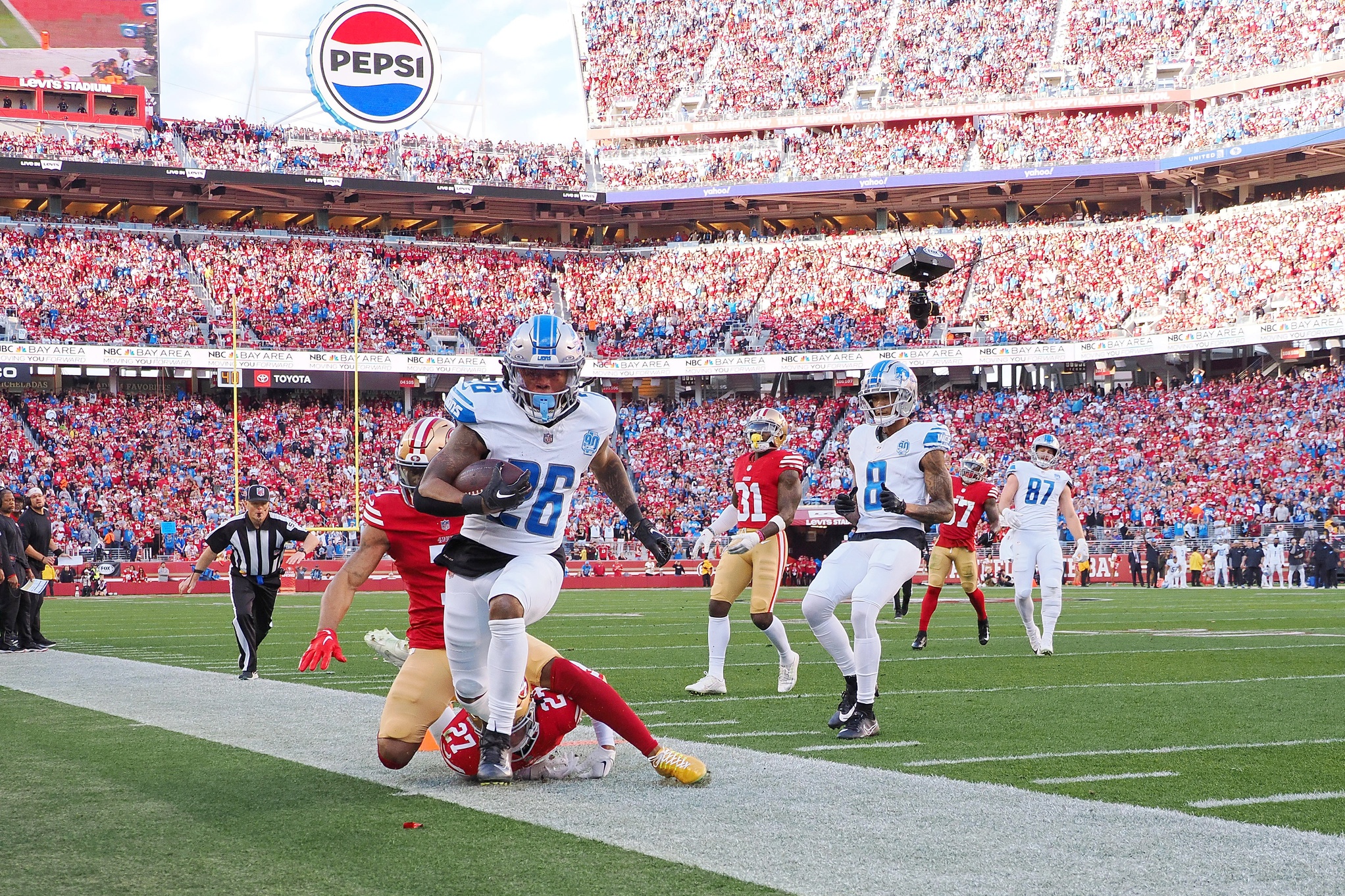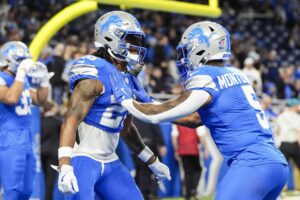NFL Rookie Running Backs, Their Important Traits, and How to Define Them
Important NFL Rookie Running Back Traits and How to Define Them
In dynasty fantasy football there are nine important traits of NFL rookie running backs to be used when evaluating their potential. Throughout the draft process running backs go through rigorous athletic testing, practices, and drills. The NFL does a great job of gathering this info and releasing it to the public. Without a good idea of how these numbers correlate to fantasy success, many would be picking players off 40-yard dash times and weight alone. There is a more accurate way to depict the future rushing stars of the NFL.
Early declares
While in college, these players have proven they belong in the league. Typically, players who leave early for the NFL have gotten some positive feedback about their draft potential. A good example of this is, Tennessee Titans Derrick Henry believing he was a 1st round pick after a prolific junior season. In 2016 he declared early for the NFL draft leaving Alabama after posting 2,219 yards and 28 touchdowns.
Rounds 1-3
Running backs drafted in the first three rounds have a strong statistical resume, ceiling, and draft capital investment. Being drafted round four or later is detrimental to the chances of success for running backs. A running back drafted in the first three rounds has a 63.7% chance of finishing as a top-24 fantasy running back. That’s a far cry from the 12.4% chance of those backs drafted in round four or later. Be it because of medicals, character concerns, lack of statistics, or a poor draft process, teams aren’t committed to giving a running back outside of the top 100 a strong opportunity.
Miles Per Hour
We’ve known for a while now that 40-yard dashes are overrated. However, utilizing the 10-yard split that the combined records, evaluators can get an accurate MPH. Once the prospect hits the 10-yard mark they are at their top speed. Those last 30 yards are predictive of their speed on the field.
SpeedScore
You can get a general idea of which running backs could be fantasy-relevant when used with draft capital. SpeedScore uses a prospect’s weight and 40-yard dash time to put a number value on how big and fast a player is. A SpeedScore of 106 or higher yields a 46% chance of a top-24 finish. That percentage drops dramatically to 22% when recording a SpeedScore below 106. Target running backs who have a SpeedScore above 106 and draft capital within the first three rounds.
Body Mass Index
Calculating B.M.I. draws from height and weight. Running backs rely on weight density to handle the contact of the NFL. Using B.M.I. as a main selling point isn’t conducive to prospect success. A running back that is over 30 B.M.I. with a high SpeedScore is what evaluators are searching for.
20+ Reception Season
Having at least 20 receptions in a season is a good indicator of a receiving capable back at the next level. Running back targets per game have decreased for five seasons in a row. Receiving backs are a premium in the same sense a rushing quarterback is. Out of 2023’s top 24 running backs, 33% had less than 30 catches. Reliant on rushing touchdowns, they only made up 25% of the top 12 running backs. It’s much more consistent to rely on receptions versus touchdowns.
1,000 Rush Yards in Year One or Year Two
Another metric to give context on talent. If you break out with over 1,000 rushing yards in year one or year two against good competition, you need to declare for the NFL early. Showing dominance despite being younger than your peers is a natural way to discover talented athletes.
Career Yards Per Attempt
None of the top 15 dynasty running backs in 2023 had a career yards per carry lower than 5.5. Only four of them were less than six yards per carry.
15+ TD
Prolific rushing seasons are a must for NFL rookie running backs to be an early declaration or a day one or two picks. It’s rare for a running back to have an established role at the next level while having less than 13 touchdowns.
Main Photo: [Kelley L Cox] – USA Today Sports






